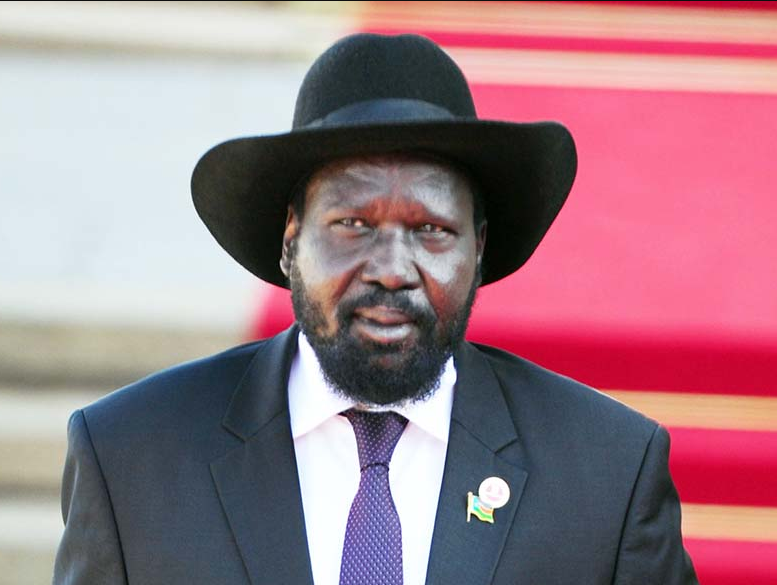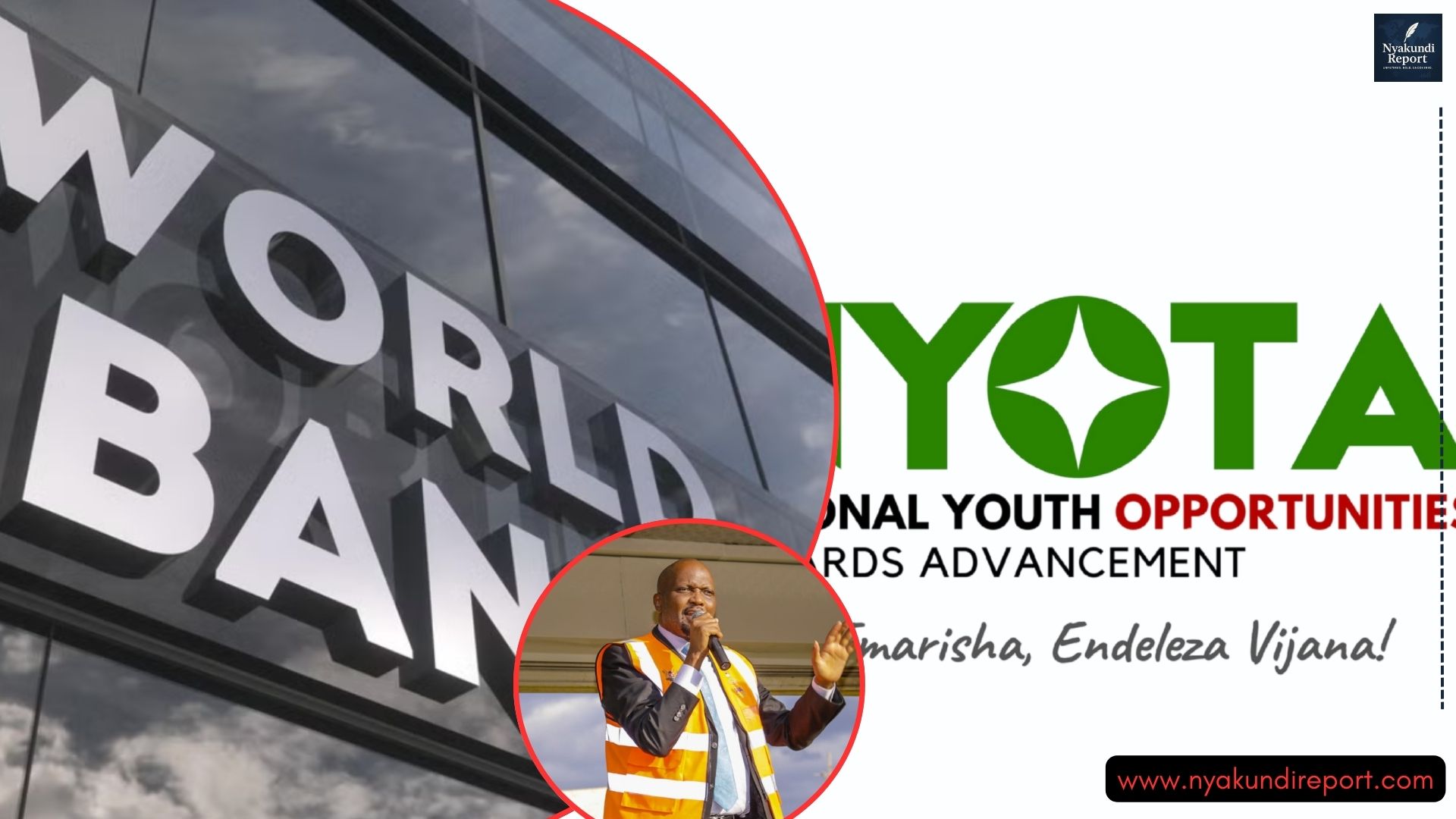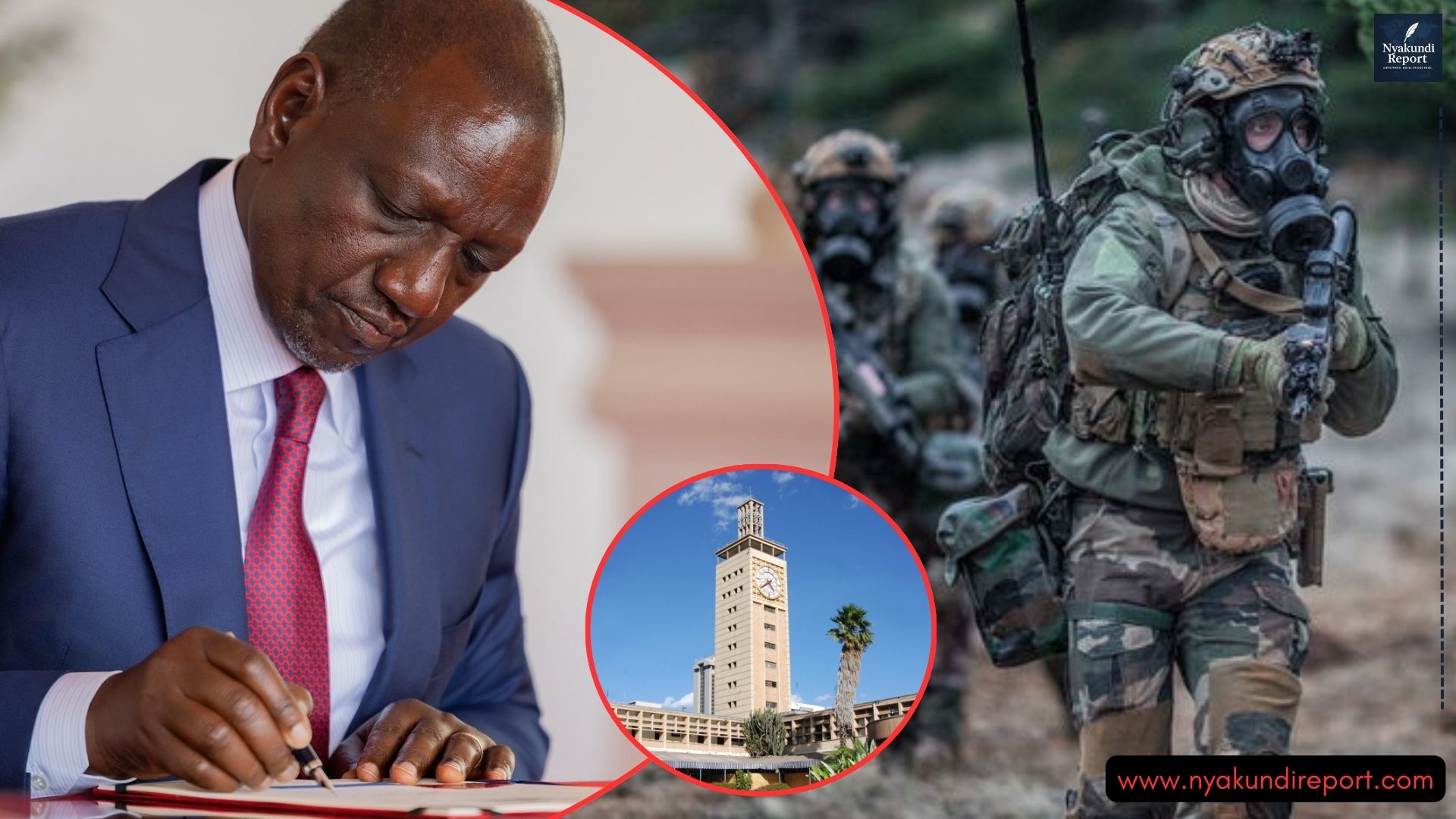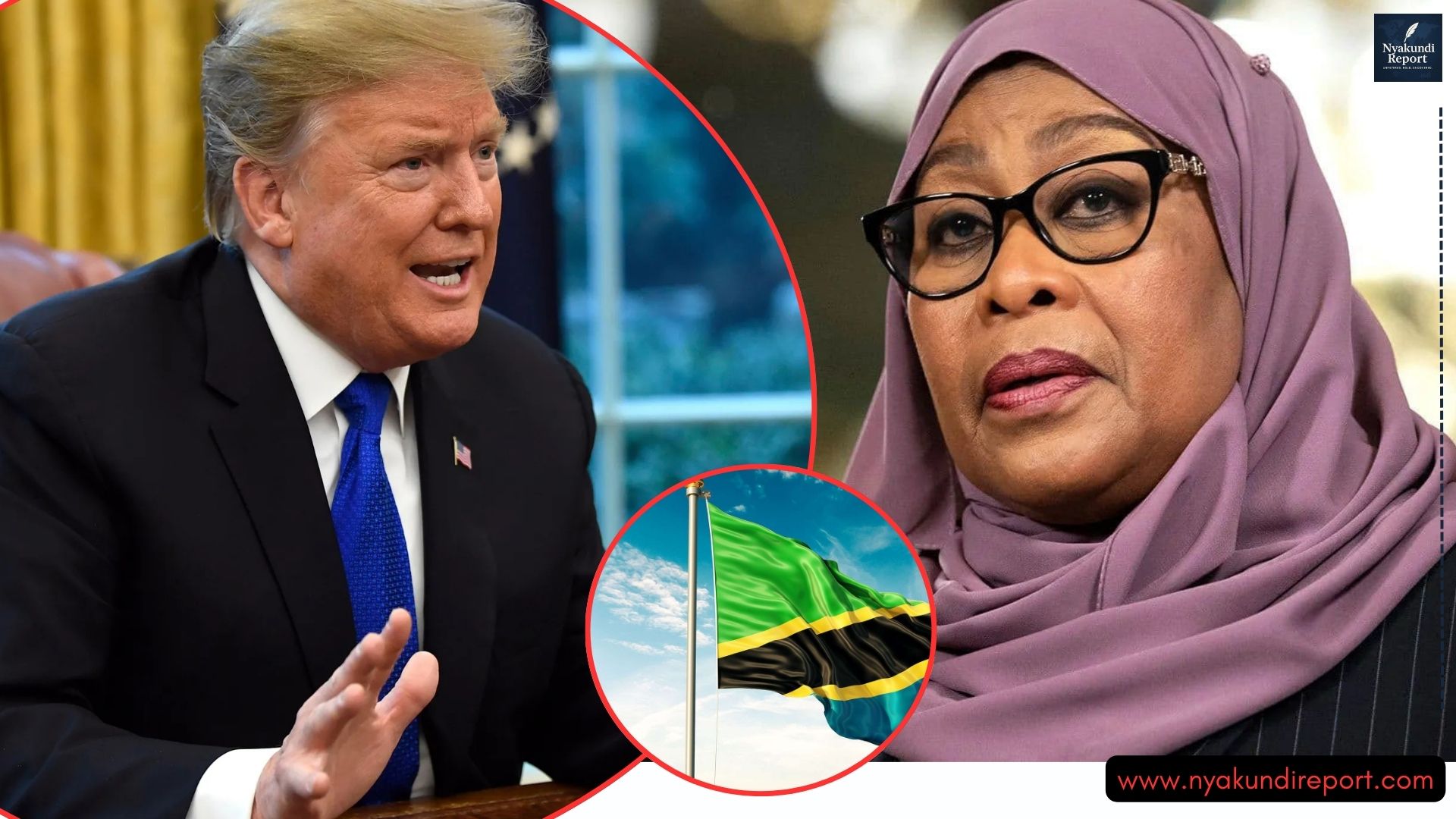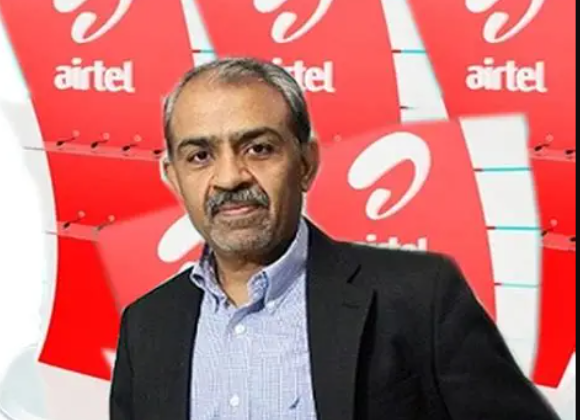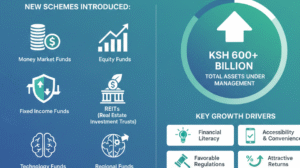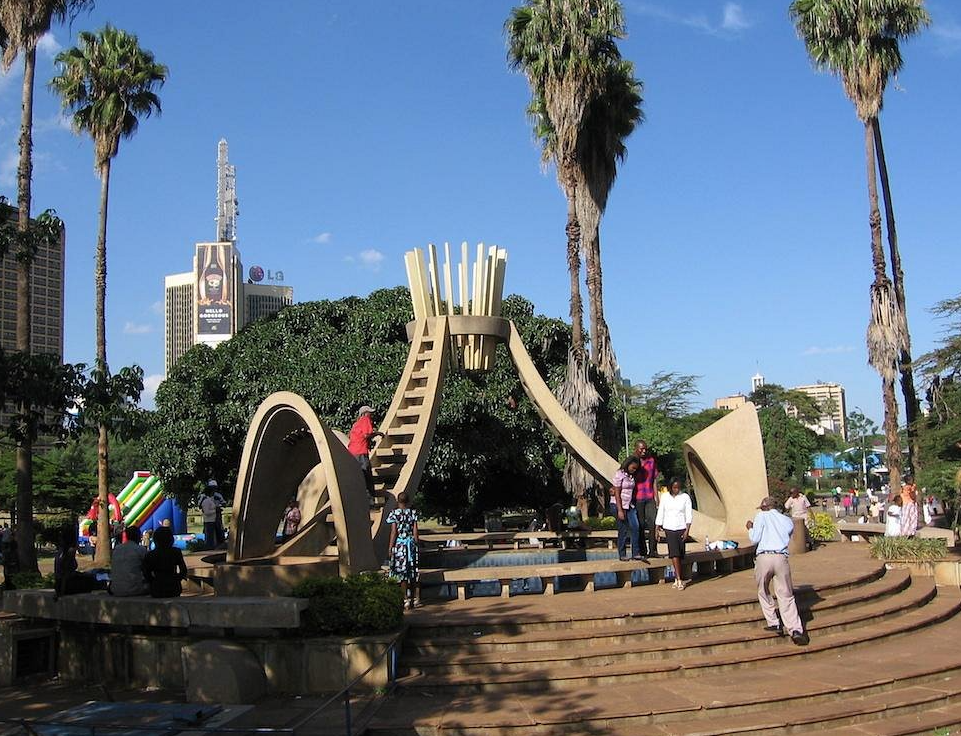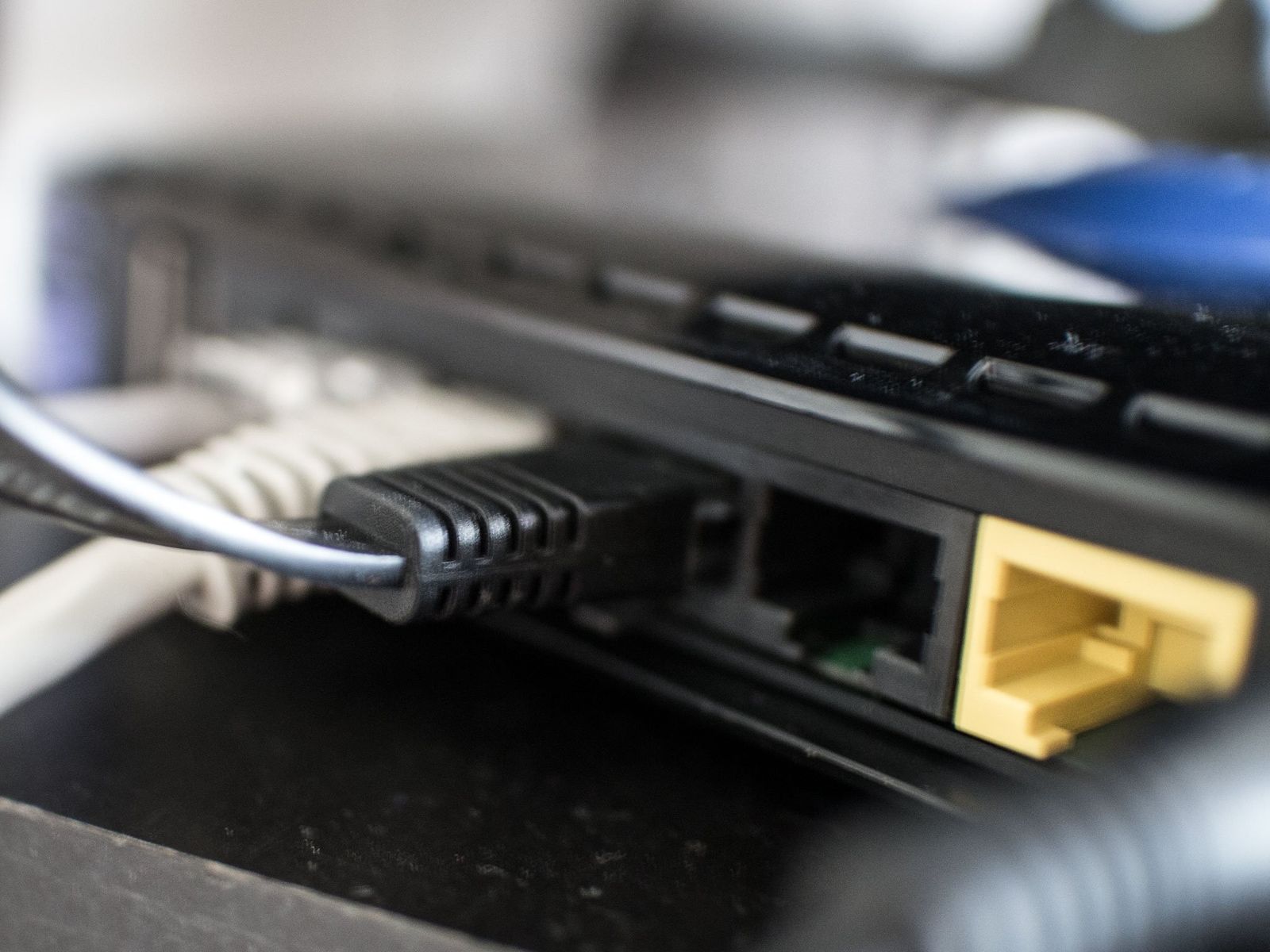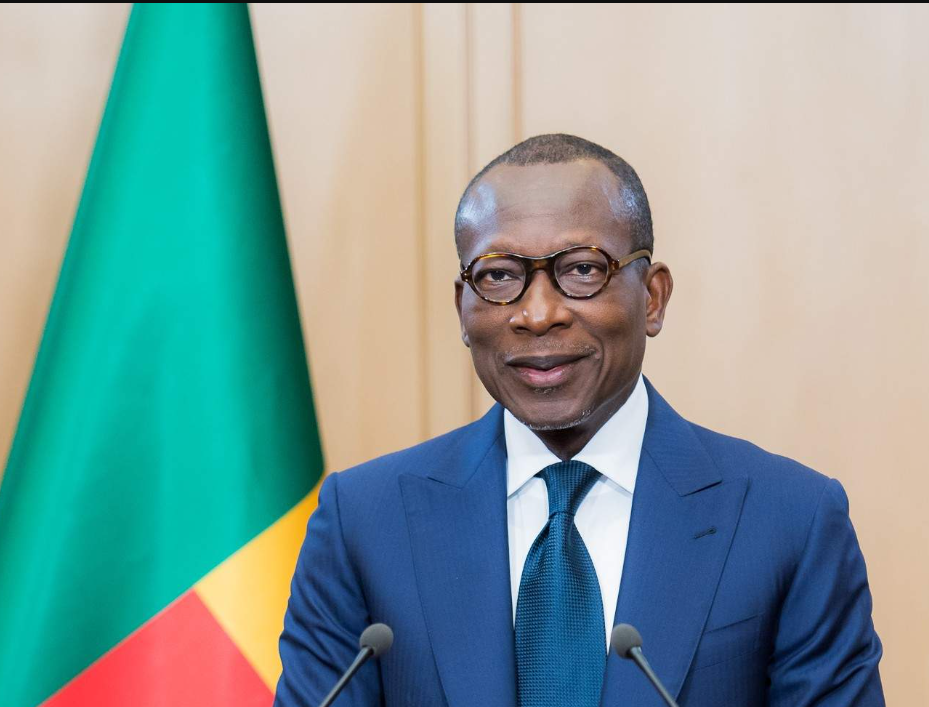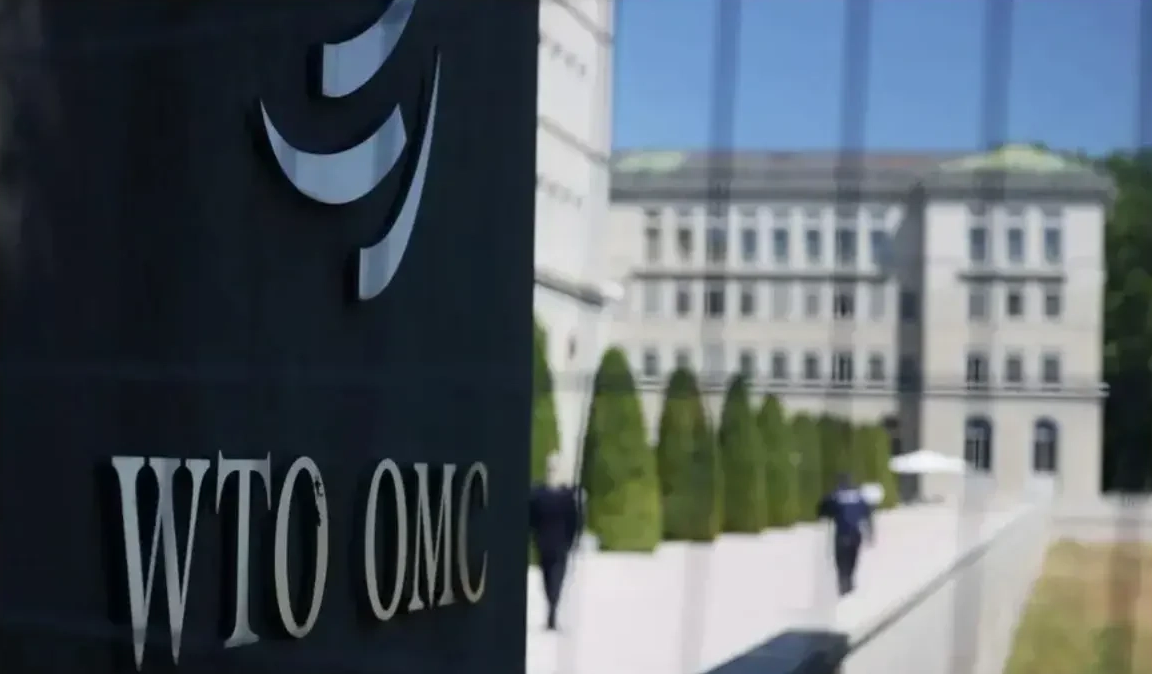Motorists using the upcoming Rironi-Mau Summit Expressway will soon pay at least Ksh8 per kilometre once the road becomes operational. The Kenya National Highways Authority (KeNHA) disclosed that the toll will increase by one per cent every year to match inflation and currency changes.
The road, being developed under a public-private partnership between China Road & Bridge Corporation (CRBC) and the National Social Security Fund (NSSF), is expected to transform travel between Nairobi and Nakuru. The 175-kilometre expressway is projected to open to the public by 2028.

KeNHA Announces Toll Charges for Rironi-Mau Summit Expressway
Motorists using the Rironi-Mau Summit Expressway will part with a minimum of Ksh8 per kilometre. This follows a detailed report released by the Kenya National Highways Authority (KeNHA), outlining the toll structure proposed by the selected contractor.
According to KeNHA, the toll rate will increase by one percent annually to account for inflation and currency fluctuations. This rate was agreed upon by the consortium of China Road & Bridge Corporation (CRBC) and the National Social Security Fund (NSSF), who were awarded the tender to design, finance, construct, and operate the project.
The evaluation committee under the Public-Private Partnership (PPP) Act approved the proposal, confirming that the consortium met all financial, technical, and contractual requirements. The project is valued at Ksh200 billion and is one of Kenya’s largest infrastructure developments to date.
KeNHA stated that the toll charges will ensure efficient maintenance and sustainability of the expressway throughout its 30-year concession period. After that period, the highway will revert to the government.
Expressway Design and Key Features
The Rironi-Mau Summit Expressway will stretch 175 kilometres from Rironi in Kiambu County to Mau Summit in Nakuru County. It will cut travel time between Nairobi and Nakuru by nearly half, improving the movement of goods and passengers across the busy Northern Corridor.
According to KeNHA, the project will include 15 interchanges, eight toll stations, and an open tolling system. This means motorists will only pay for the distance they cover instead of a flat fee.
The road will also feature 25 kilometres of service lanes, 41 U-turns, 41 underpasses, eight wildlife crossings, eight footbridges, and 118 bus bays. The inclusion of wildlife crossings and footbridges aims to enhance safety for both animals and pedestrians.
Passenger vehicles and small four-wheel cars will pay the base rate of Ksh8 per kilometre, while heavier commercial vehicles are expected to pay more, depending on axle weight and distance travelled.
Treasury Approval and Project Timeline
The National Treasury approved the Rironi-Mau Summit Expressway following the endorsement of the Public-Private Partnership (PPP) Committee. The government granted CRBC and NSSF the authority to proceed with construction under a build-operate-transfer (BOT) model.
KeNHA confirmed that the project will break ground before January 2026, with completion expected within two years. This means motorists could start using the expressway by 2028 if timelines are met.
The highway is projected to significantly reduce traffic congestion on the existing Nairobi-Nakuru highway, which currently serves thousands of vehicles daily. By improving connectivity between Central and Rift Valley regions, the road is also expected to boost trade, tourism, and local investment opportunities.
CRBC, which also built Kenya’s Standard Gauge Railway (SGR), will be responsible for maintaining the expressway for three decades before handing it back to the state.
Economic Impact and Motorist Concerns
The Rironi-Mau Summit Expressway is part of Kenya’s strategy to expand its road network and attract private investment into large-scale projects. KeNHA said the tolling system will ensure road users contribute to its long-term maintenance rather than relying solely on government funding.
Analysts expect the expressway to create thousands of jobs during construction and improve logistics efficiency for cargo transporters using the Northern Corridor. Businesses along the route, including in Nakuru and Naivasha, will benefit from increased traffic and faster travel times.
However, some motorists have raised concerns about the toll rate, noting that Ksh8 per kilometre could make long-distance travel expensive, especially for commercial drivers. Despite this, KeNHA maintains that the rate is competitive compared to similar projects globally and necessary for maintaining international standards of road quality and safety.

